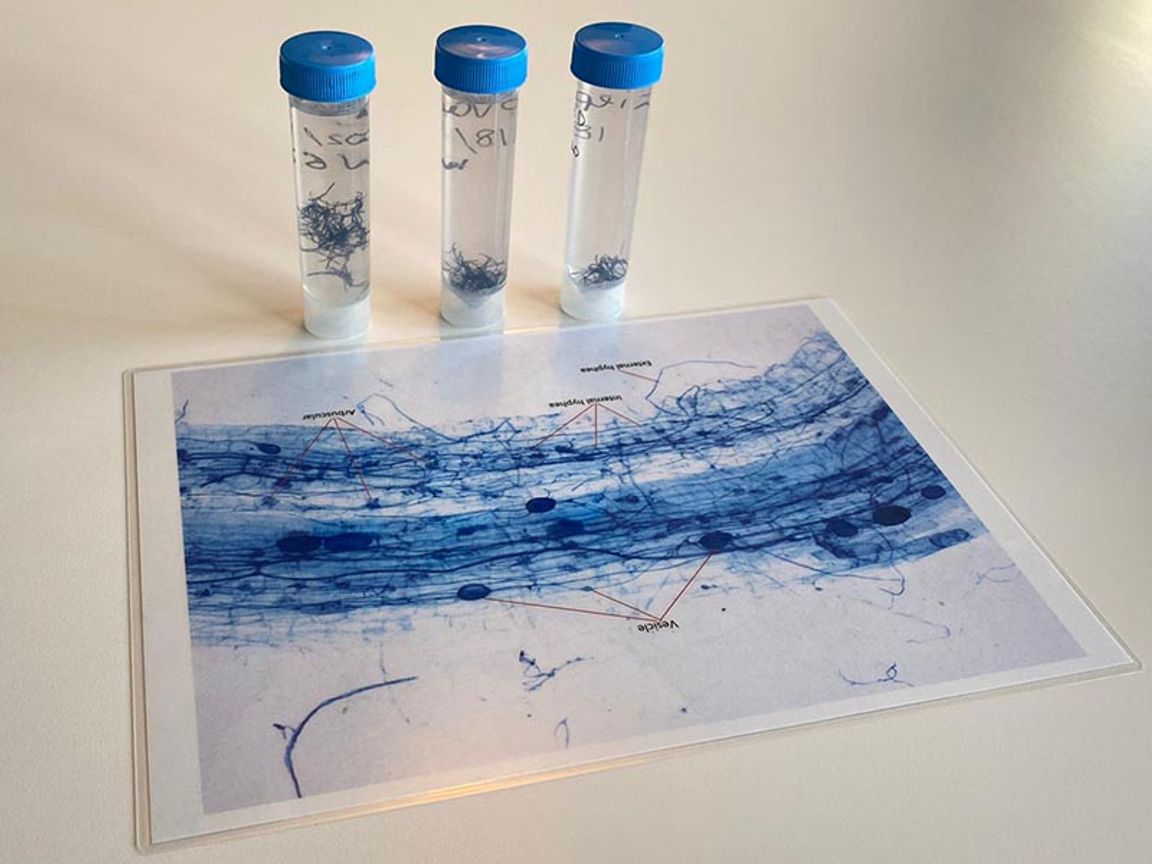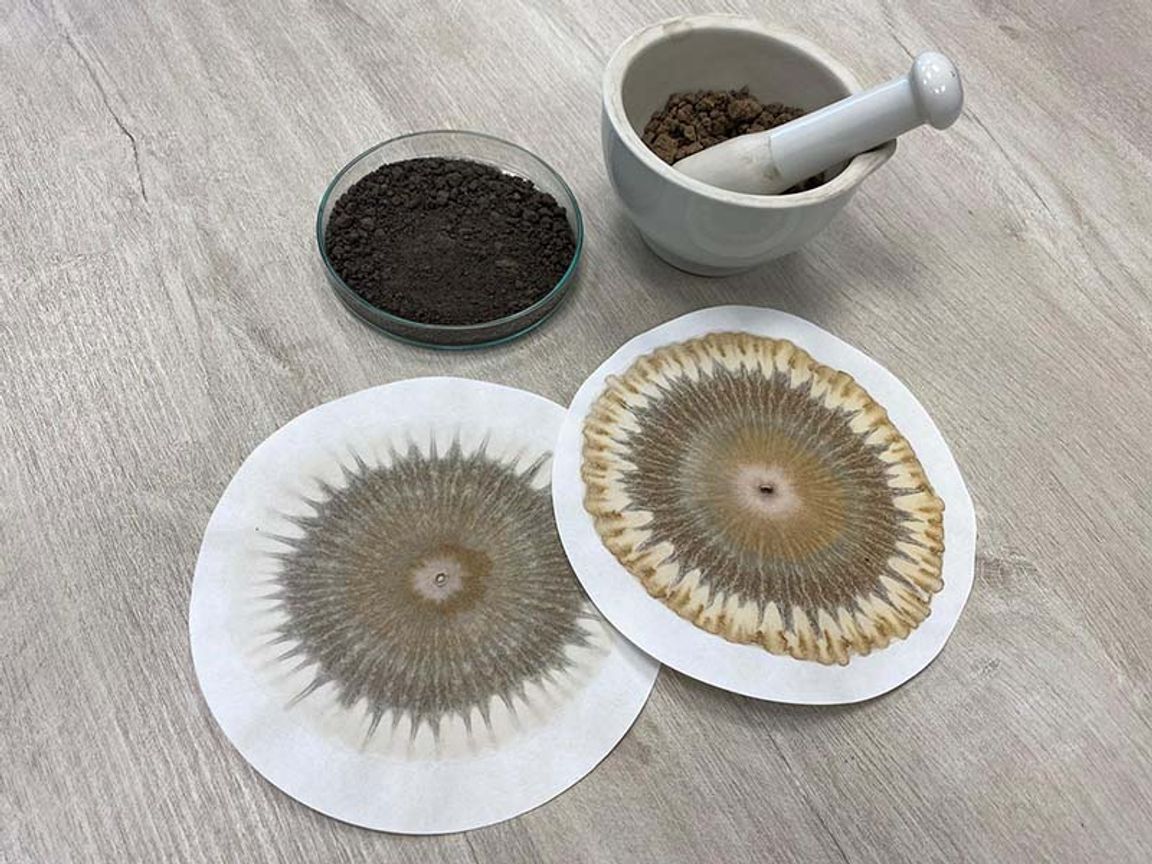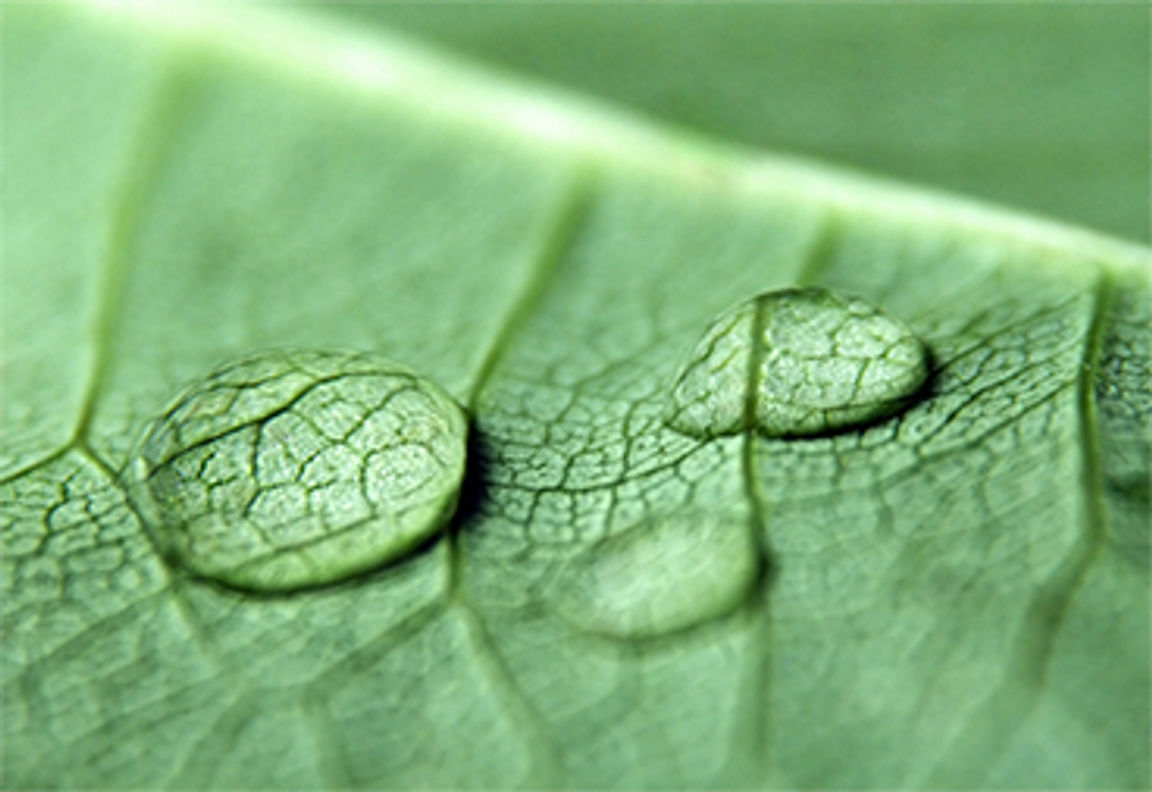Analysis
By combining different techniques, we analyze all the required factors for growers who want healthy soil and healthy plants. At the same time, we continuously try to understand the microbiological situation of a healthy, sustainable soil. The PHC laboratory offers soil and plant related analyzes to assess the biological situation of the soil and the mycorrhizal colonization of the plant and roots. By looking at both the analysis results and the actual situation, our advisors provide accurate fertilization advice for growers to increase productivity.


Analysis
By combining different techniques, we analyze all the required factors for growers who want healthy soil and healthy plants. At the same time, we continuously try to understand the microbiological situation of a healthy, sustainable soil.
The PHC laboratory offers soil and plant related analyzes to assess the biological situation of the soil and the mycorrhizal colonization of the plant and roots. By looking at both the analysis results and the actual situation, our advisors provide accurate fertilization advice for growers to increase productivity.
Mycorrhizal Analysis
A mycorrhizal analysis is twofold and is performed to determine the extent of colonization; whether mycorrhiza is present at the roots and whether the amount of mycorrhiza is sufficient for an effective effect.
Root particles of plants from the plot to be examined are taken for the analysis. These are rinsed and given a coloring treatment so that the mycorrhizae are clearly visible. They are then studied under a very strong microscope. Based on these images, a calculation is made of the degree of colonization of endo- and/or ecto-mycorrhizal fungi. This is shown by a score with a conclusion. The results are presented in an analysis report, complete with (microscope) photos.
With the results, good advice can be given for an approach and products to be used. Sometimes it can lead to a follow-up investigation into the causes.
Click here for a spring image of a mycorrhiza report
Full ground
Request analysis
Public parks
Request analysis
Container cultivation
Request analysis

Chroma-analyse
A chroma analysis provides a good picture of the quality and vitality of a soil. A number of parameters are measured here: humification, soil structure and moisture balance, soil fertility and soil life. The quality and condition of these aspects becomes visible.
In a chroma analysis, the biological condition of the soil can be divided into a value that is directly determined by the growing conditions of the plant. Boron the soil, organic factors are important, but when the stadium of the decomposition of organic matter is also important. With a chroma analysis, growers gain much more insight into the condition of their soil. This information can be used to make adjustments in the field of soil improvement and/or good fertilization. By periodically taking a chroma, the change in the soil condition can be confirmed.
Click here for a spring image of a Chroma Report.
Full ground
Request analyzer
Public parks
Request analyzer
Container cultivation
Request analyzer

Plant sap analysis
A plant juice analysis provides important information about the health of the plant. An optimal and balanced intake of nutrients has a positive effect on the natural disease resistance of the plant, on the quality and on the firmness and shelf life of fruits and flowers.
For example, the plant juice analysis provides useful information for (re)calculating the feeding schedule, but also for the crop protection strategy, for example.
A plant juice analysis offers you the opportunity to check whether the fertilizer schedule used meets the needs of the crop, because it provides insight into the actual absorption of nutrients by the plant. It is therefore recommended – depending on the crop – to have a plant juice analysis carried out every 2 to 4 weeks.
A plant sap analysis can also save costs. After all, any adjustments to the nutrient schedule not only optimize cultivation, but also ensure that you do not waste fertilizers. If, for example, the plant sap analysis shows that a large proportion of the fertilizers applied are not absorbed by the crop, you can adjust accordingly.
Niet gevonden waar je naar opzoek bent?
- Nederlands
- English
- Deutsch
- Francais